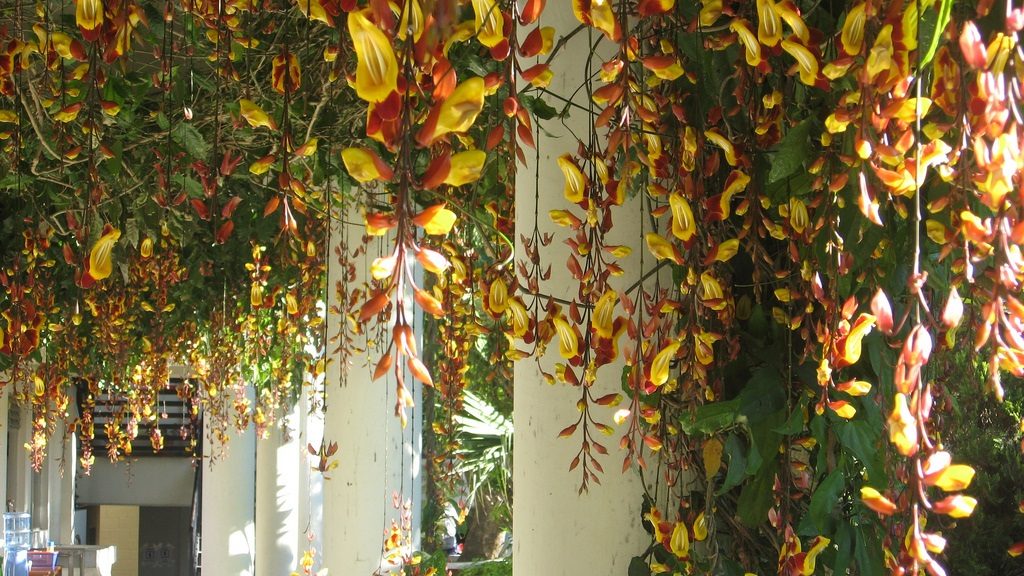Guatemala: Community Learning
March 23-30
Our group gathered for a day at Semilla after free travel then Sunday morning we left for our service learning assignments. Zoe and Amanda stayed in the city at Clínica Jac de Wit. Caleb, Sam and Malachi went to Comalapa to work with Rujotay. Malia, Emae and Payton went to … Continue Reading ››











